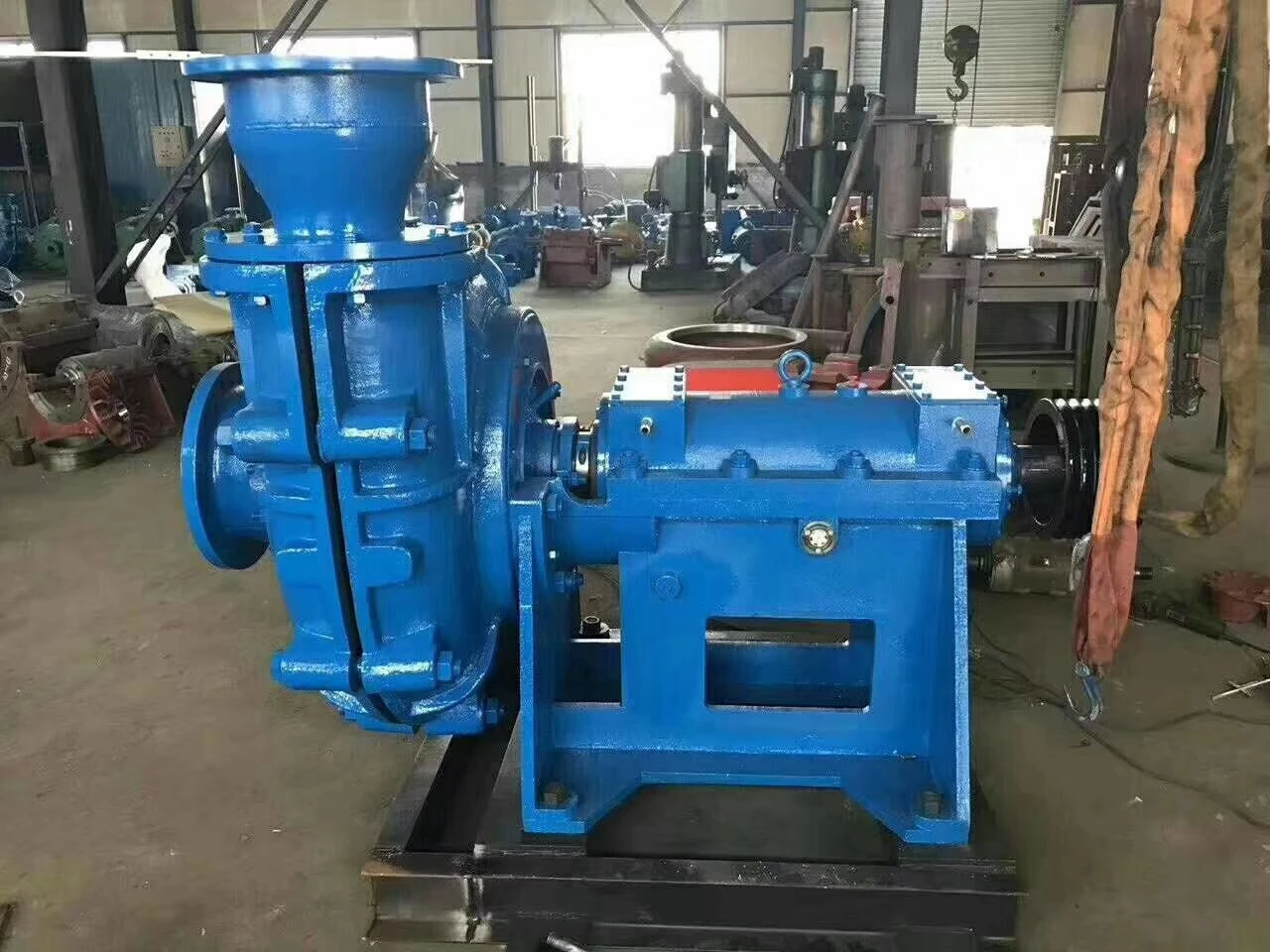Scottish Gaelic
- Afrikaans
- Albanian
- Amharic
- Arabic
- Armenian
- Azerbaijani
- Basque
- Belarusian
- Bengali
- Bosnian
- Bulgarian
- Catalan
- Cebuano
- Corsican
- Croatian
- Czech
- Danish
- Dutch
- English
- Esperanto
- Estonian
- Finnish
- French
- Frisian
- Galician
- Georgian
- German
- Greek
- Gujarati
- Haitian Creole
- hausa
- hawaiian
- Hebrew
- Hindi
- Miao
- Hungarian
- Icelandic
- igbo
- Indonesian
- irish
- Italian
- Japanese
- Javanese
- Kannada
- kazakh
- Khmer
- Rwandese
- Korean
- Kurdish
- Kyrgyz
- Lao
- Latin
- Latvian
- Lithuanian
- Luxembourgish
- Macedonian
- Malgashi
- Malay
- Malayalam
- Maltese
- Maori
- Marathi
- Mongolian
- Myanmar
- Nepali
- Norwegian
- Norwegian
- Occitan
- Pashto
- Persian
- Polish
- Portuguese
- Punjabi
- Romanian
- Russian
- Samoan
- Scottish Gaelic
- Serbian
- Sesotho
- Shona
- Sindhi
- Sinhala
- Slovak
- Slovenian
- Somali
- Spanish
- Sundanese
- Swahili
- Swedish
- Tagalog
- Tajik
- Tamil
- Tatar
- Telugu
- Thai
- Turkish
- Turkmen
- Ukrainian
- Urdu
- Uighur
- Uzbek
- Vietnamese
- Welsh
- Bantu
- Yiddish
- Yoruba
- Zulu
Telephone: +86 13120555503
Email: frank@cypump.com
Samh . 02, 2024 03:04 Back to list
sewage tank and pump
Understanding Sewage Tanks and Pumps Essential Components of Waste Management
Sewage management is a crucial aspect of urban infrastructure, ensuring the safe and efficient disposal of wastewater. At the heart of this system are sewage tanks and pumps, which work together to collect, treat, and transport sewage from homes and businesses to treatment facilities.
Sewage Tanks The First Line of Defense
Sewage tanks, often referred to as septic tanks in rural or less densely populated areas, serve as the initial point for wastewater collection. These underground chambers allow for the separation of solids from liquids. When wastewater enters a sewage tank, gravity causes the heavier solids to settle at the bottom, forming sludge. Meanwhile, the lighter materials, such as grease and oils, float to the surface, creating a scum layer.
The design of a sewage tank must effectively accommodate the volume of wastewater expected, typically based on household size and usage patterns. Generally, tanks are made of concrete, fiberglass, or plastic, each material offering varying advantages in terms of durability and maintenance.
Regular inspection and pumping of sewage tanks are essential to prevent overflow and ensure proper functioning. Tank contents should be emptied every 3 to 5 years, depending on usage levels. Failure to maintain sewage tanks can result in unpleasant odors, leaks, and environmental contamination.
Pumps Facilitating Efficient Waste Transport
sewage tank and pump

After wastewater is treated and settled in the sewage tank, it often needs assistance to reach the main sewer line or treatment facility. This is where sewage pumps come into play. Pumps are mechanical devices designed to move liquids by converting mechanical energy into hydraulic energy.
There are several types of sewage pumps, each designed for specific applications. Submersible pumps are commonly used in sewage systems due to their efficiency in handling wastewater that contains solids and debris. These pumps are located below the water level and can efficiently move waste through pipelines.
On the other hand, effluent pumps are used in systems designed for gray water (wastewater without sewage). These pumps handle less solid material, making them suitable for use in drainage fields.
The Importance of Integration
The integration of sewage tanks and pumps is vital for efficient waste management. Proper functionality in both components ensures that wastewater is safely transported away from residential areas and treated effectively. A breakdown in either system can lead to significant health hazards and environmental issues, including contamination of groundwater and surface water.
In conclusion, sewage tanks and pumps are indispensable in managing wastewater effectively. By understanding their roles and maintaining them properly, communities can enhance public health, protect the environment, and ensure a sustainable waste management system. As urban areas continue to grow, the importance of efficient sewage systems will only become more pronounced, highlighting the need for continued innovation and investment in infrastructure development.
-
Reliable Non-Clog Sewage Pumps with GPT-4-Turbo Tech
NewsAug.04,2025
-
High-Performance Air Pumps for Sand & Gravel | Efficient Transport
NewsAug.03,2025
-
ISG Series Vertical Pipeline Pump - Chi Yuan Pumps Co., LTD.|Energy Efficiency, Corrosion Resistance
NewsAug.03,2025
-
ISG Series Pipeline Pump - Chi Yuan Pumps | Energy Efficiency&Compact Design
NewsAug.03,2025
-
ISG Series Vertical Pipeline Pump - Chi Yuan Pumps Co., LTD.|High Efficiency, Low Noise, Durable
NewsAug.02,2025
-
ISG Series Vertical Pipeline Pump - Chi Yuan Pumps | High Efficiency, Low Noise
NewsAug.02,2025










